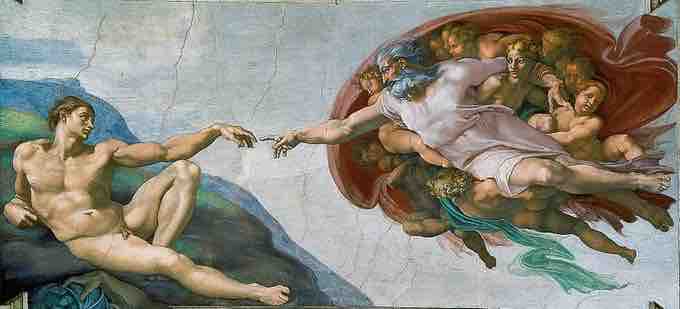Art has existed almost as long as humankind itself and serves as a vehicle for the expression and communication of ideas and emotions. The canon of art history, however, has historically conveyed the political, religious, and philosophical ideals of the dominant power. Art history categorizes artworks and theories with a heavy reliance on the context or environment that the artwork was created in (i.e., its political, social, cultural, and economic settings).
Art history is the academic study of art objects in their historical development and stylistic contexts (i.e., genre, design, form, and style). A work of art from a particular historical period can be treated as an original source of information that was created at the time under study, and provides information about that time. Art historians study the contextual forces that shaped artists and their oeuvres, including their teachers and the influences of preceding styles; their patrons and their demands; their audiences; and their general socioeconomic, political, and cultural climate. These factors produce and influence different artistic styles and iconography, which are characteristic of their age and geographical location with reference to visual appearance, technique, and form.
In many ways, the historical backbone of art history is a celebratory chronology of beautiful creations of art commissioned by religious or civic institutions or wealthy individuals. Patronage of the arts has been used throughout history to endorse the ambitions and agenda of these institutions and individuals, and has been particularly important in the creation of religious art. For example, the Roman Catholic Church was an enthusiastic sponsor of the arts that resulted in a tremendous outpouring of architecture, painting, sculpture, and decorative crafts in medieval and Renaissance Europe.

The Creation of Adam by Michelangelo, Sistine Chapel ceiling
Michelangelo painted the ceiling of the Sistine Chapel in the Vatican City under the patronage of Pope Julius II between 1508 and 1512.